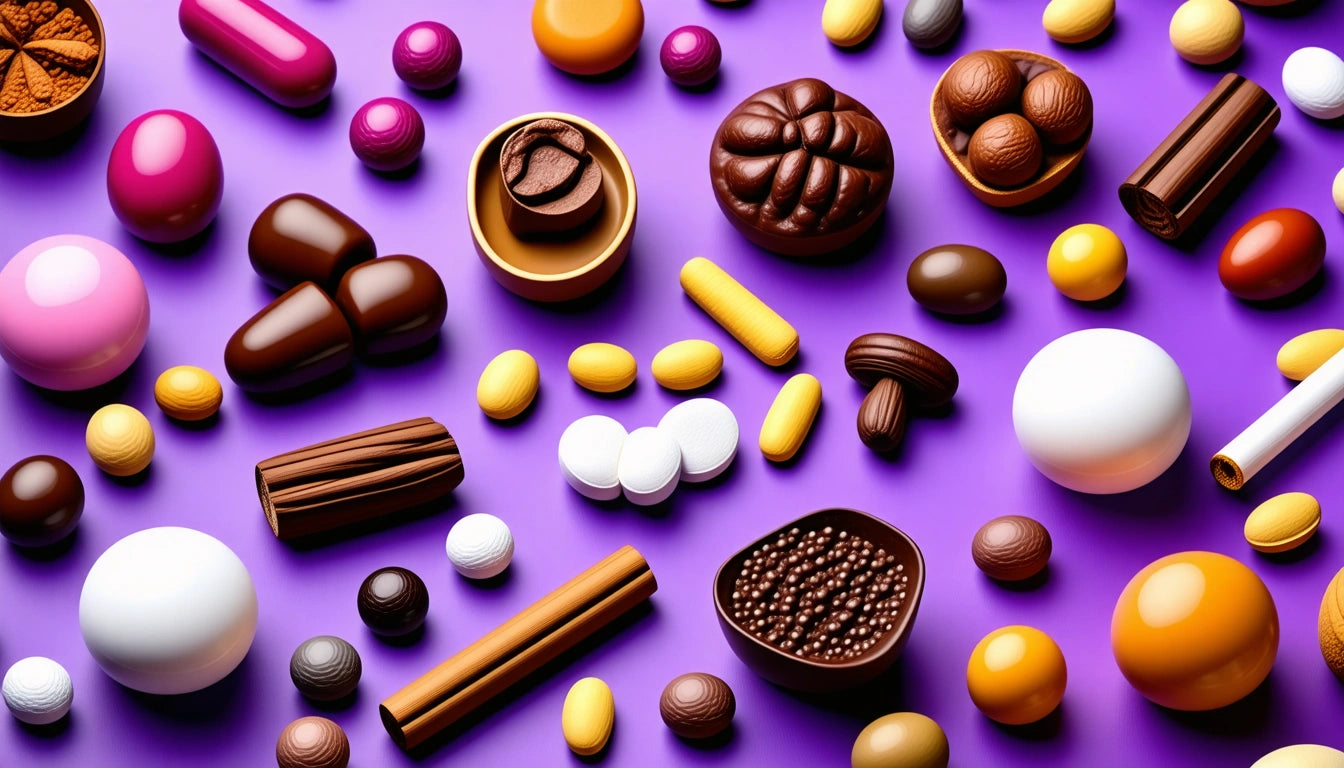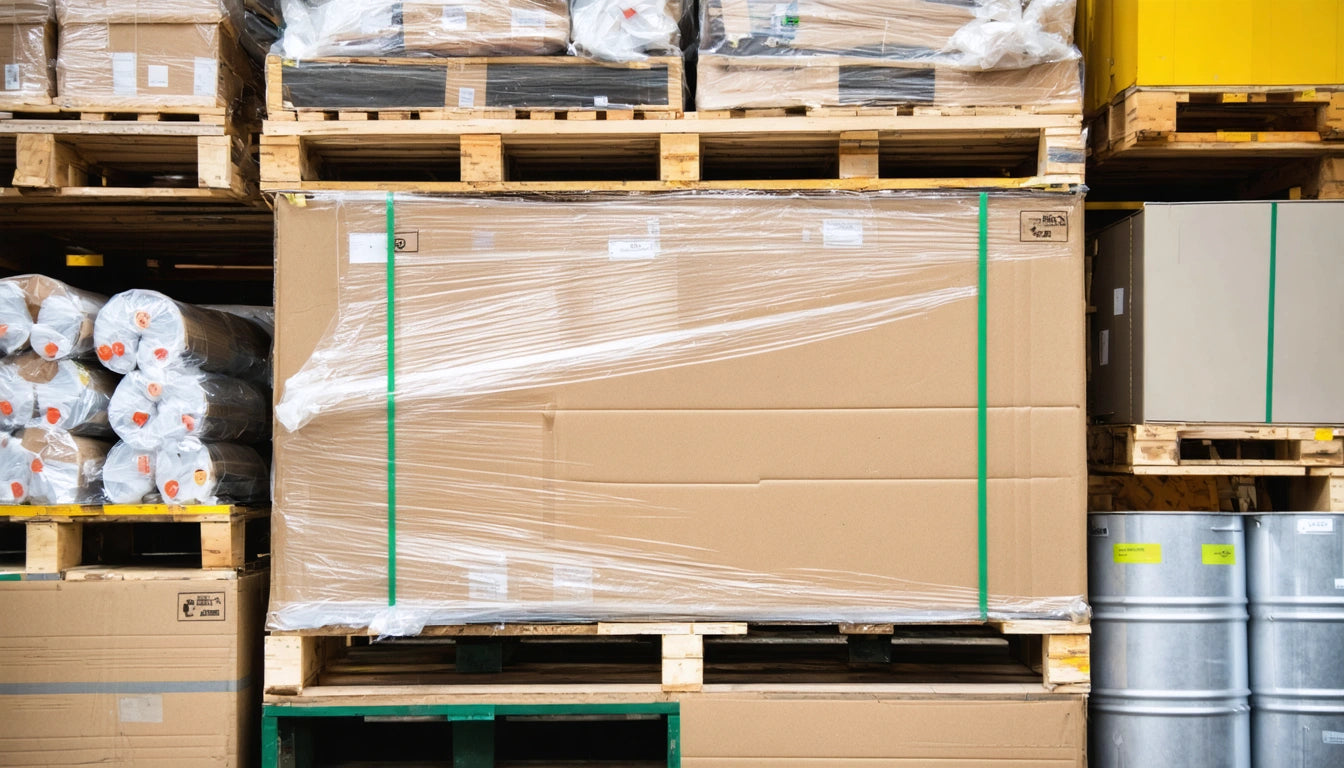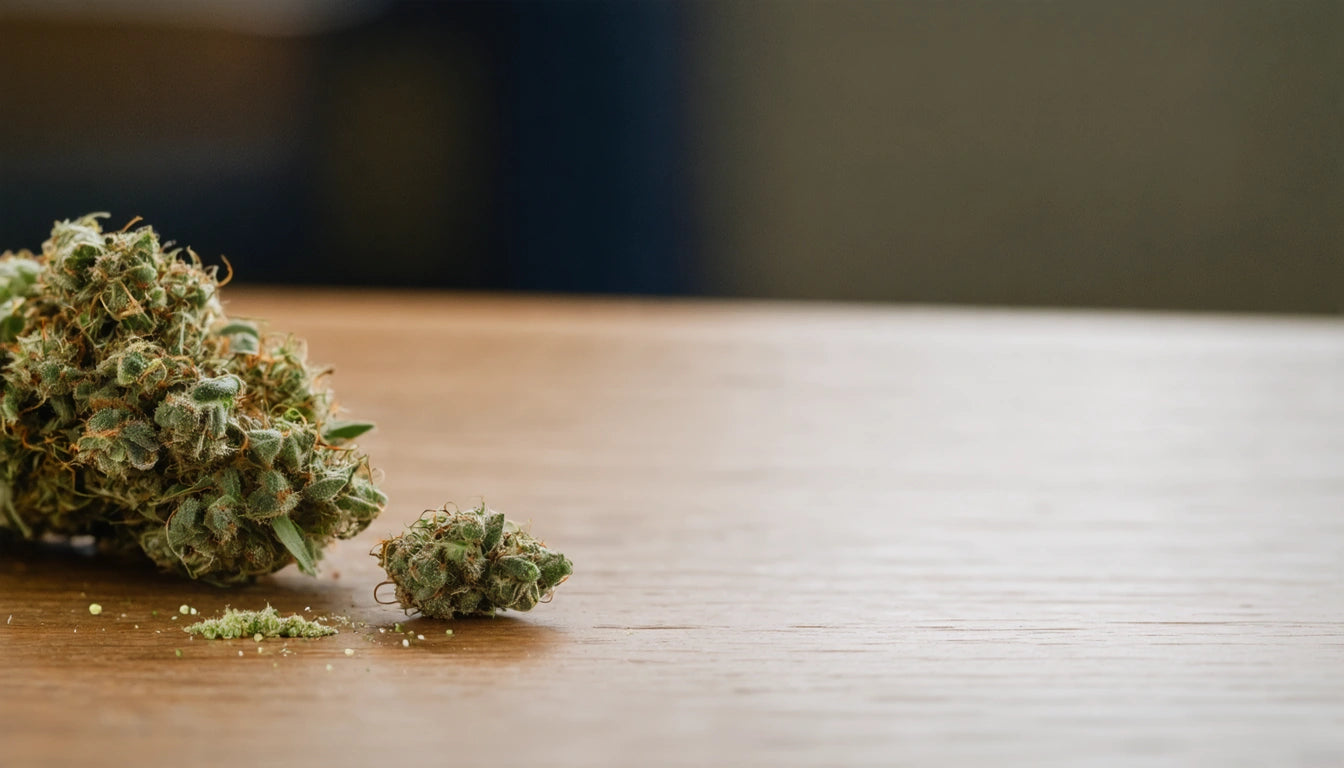Table of Contents
- What Are Edibles: Definition and Types
- How Edibles Work in Your Body
- Edible Potency: Why They Hit Differently
- Identifying Edibles: What They Look Like
- Dosage Guide: How Edibles Are Measured
- Onset and Duration: How to Tell if Edibles Kicked In
- Edibles vs Other Consumption Methods
- Maximizing Your Edibles Experience
Understanding Edibles: Effects, Potency, and Usage Guide
Cannabis edibles represent one of the most popular alternatives to smoking, offering a discreet, smoke-free experience with potentially longer-lasting effects. Whether you're curious about what edibles are made of or wondering how to tell if edibles kicked in, this comprehensive guide covers everything you need to know about cannabis-infused food products.
What Are Edibles: Definition and Types
Edibles are food products infused with cannabis extracts containing cannabinoids like THC (tetrahydrocannabinol) and CBD (cannabidiol). Unlike smoking or vaping, which introduce cannabinoids directly to the bloodstream through the lungs, edibles deliver cannabis compounds through the digestive system.
Common types of edibles include:
- Gummies and candies
- Chocolates and baked goods
- Beverages and tinctures
- Capsules and tablets
- Mints and lozenges
Each format offers different onset times, durations, and experiences. Understanding what edibles are made out of helps consumers make informed choices. Most commercial edibles use cannabis extracts or infused oils rather than raw plant material, ensuring consistent dosing and better taste.
How Edibles Work in Your Body
The question of how does edibles work relates to their unique metabolic pathway. When consumed, edibles travel through the digestive system before reaching the liver, where THC converts to 11-hydroxy-THC, a more potent compound that crosses the blood-brain barrier effectively.
This metabolic process explains why edibles typically:
- Take longer to produce effects (30-90 minutes)
- Create stronger, more body-centered effects
- Last significantly longer (6-8 hours) than inhaled cannabis
According to research on edibles' effects on different people, factors like metabolism, body weight, and tolerance significantly impact how individuals process edibles.
Edible Potency: Why They Hit Differently
Why are edibles more potent than smoking the same amount of cannabis? The answer lies in that liver metabolism process. When asking what do edibles do to you that's different from smoking, the key is understanding this metabolic difference.
The 11-hydroxy-THC produced during digestion is approximately 5-10 times more psychoactive than regular THC. This explains why even experienced cannabis users may find themselves overwhelmed by relatively small edible doses.
Proper storage also affects potency. Using appropriate containers with secure caps helps maintain freshness and prevents potency degradation over time, especially for homemade edibles that don't contain commercial preservatives.
Identifying Edibles: What They Look Like
What does an edible look like? This question is increasingly important as commercial edibles become more sophisticated. Today's legal market edibles typically feature:
- Professional packaging with dosage information
- Warning labels and child-resistant containers
- Standardized shapes and sizes
- THC/CBD content clearly marked
However, identifying homemade or illicit market edibles can be challenging as they often resemble regular food items. This similarity raises safety concerns, particularly around accidental consumption by children or unsuspecting adults.
Dosage Guide: How Edibles Are Measured
How are edibles measured? Most commercial products measure potency in milligrams (mg) of THC or CBD per serving. Standard dosage recommendations for beginners typically start at 2.5-5mg of THC, while experienced users might consume 10-50mg or more.
Understanding dosage is crucial because:
- Effects are delayed, making it easy to overconsume
- Individual tolerance varies significantly
- The same person may respond differently on different days
For new users wondering what does edibles do to u, starting with a low dose and waiting at least two hours before consuming more is the safest approach, as outlined in this guide on edible consumption risks.
Onset and Duration: How to Tell if Edibles Kicked In
One common question is how to tell if edibles kicked in. Common indicators include:
- Altered sensory perception
- Relaxation or euphoria
- Changed thought patterns
- Physical sensations like dry mouth
- Increased appetite
Unlike smoking, which produces almost immediate effects, edibles typically take 30-90 minutes to activate, with effects peaking around 2-3 hours after consumption. The total duration can extend to 6-8 hours or longer with higher doses.
This delayed onset explains why many first-time users make the mistake of consuming more when they don't feel immediate effects, leading to uncomfortable experiences later.
Edibles vs Other Consumption Methods
When comparing edibles vs flower or other consumption methods, several key differences emerge:
- Duration: Edibles typically last 6-8 hours compared to 2-3 hours for smoking
- Discretion: Edibles produce no smoke or odor
- Lung health: Edibles eliminate respiratory risks associated with smoking
- Dosage precision: Commercial edibles offer more consistent dosing
- Delayed onset: Effects take longer to begin but last much longer
A common question is can you plug edibles (use them rectally). While some cannabis products are designed for this route of administration, standard food edibles are not appropriate for this use and may cause irritation or unpredictable absorption.
Do Edibles Work Better With Food?
Do edibles work better with food? The answer is nuanced. Consuming edibles with fatty foods may enhance absorption of cannabinoids, potentially increasing effects. However, eating edibles on an empty stomach typically leads to faster onset but potentially more intense effects.
As discussed in this analysis of varying edible reactions, individual physiology plays a significant role in how food affects edible processing.
Maximizing Your Edibles Experience Safely
To get the most benefit from edibles while minimizing risks:
- Start with low doses (2.5-5mg THC) and increase gradually
- Wait at least 2 hours before taking more
- Keep edibles in clearly labeled, child-resistant packaging
- Never mix edibles with alcohol or other substances
- Have CBD-only products available to moderate intense THC effects
- Create a comfortable environment for consumption
Understanding what does edible mean for your specific body requires experimentation and careful observation. Many users keep journals to track their experiences with different products and dosages.
For those wondering about liquid formats like drops, edibles in tincture form offer faster onset times (15-45 minutes) compared to solid edibles, making them easier to dose incrementally.
By approaching edibles with knowledge and caution, consumers can enjoy their unique benefits while avoiding common pitfalls associated with this potent form of cannabis consumption.











Leave a comment
All comments are moderated before being published.
This site is protected by hCaptcha and the hCaptcha Privacy Policy and Terms of Service apply.